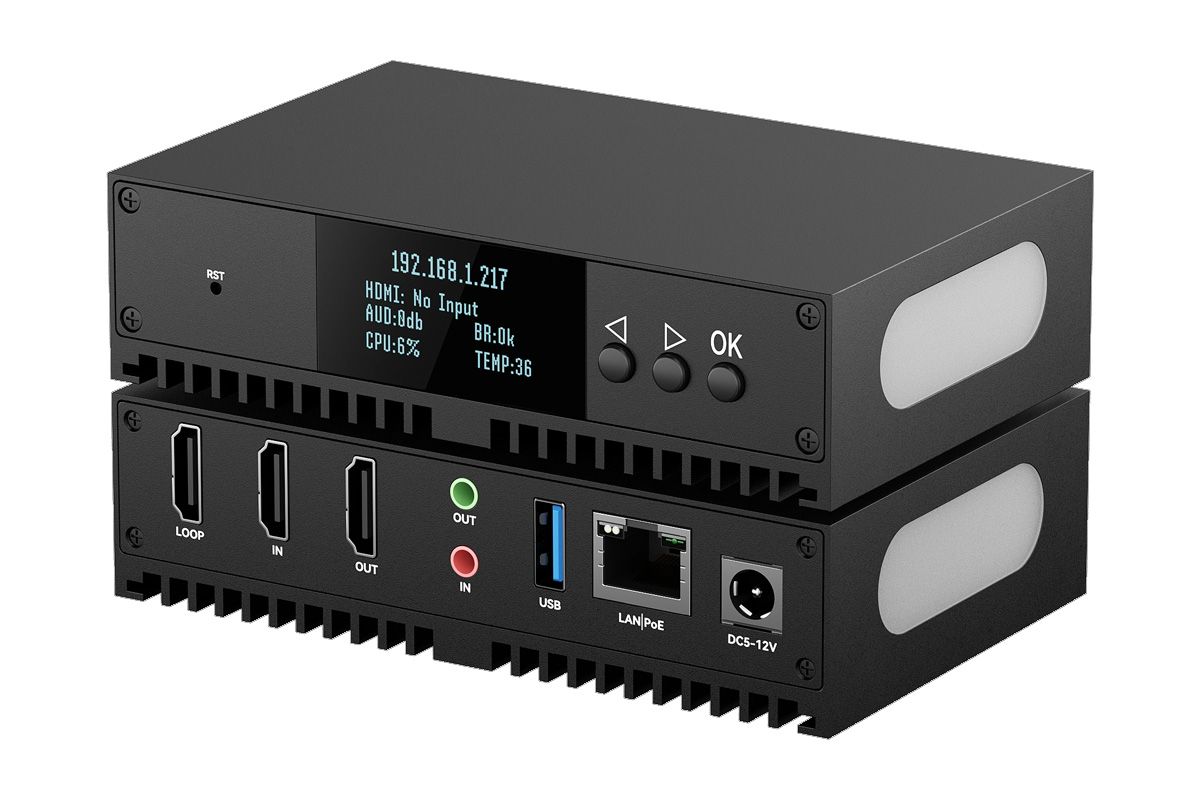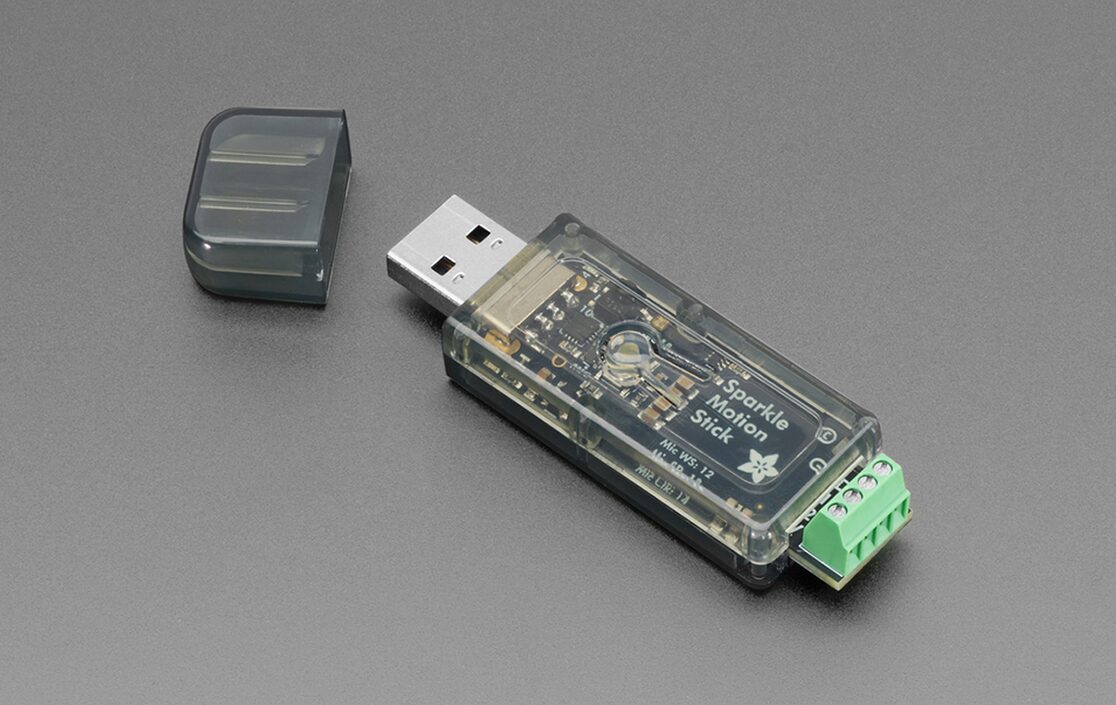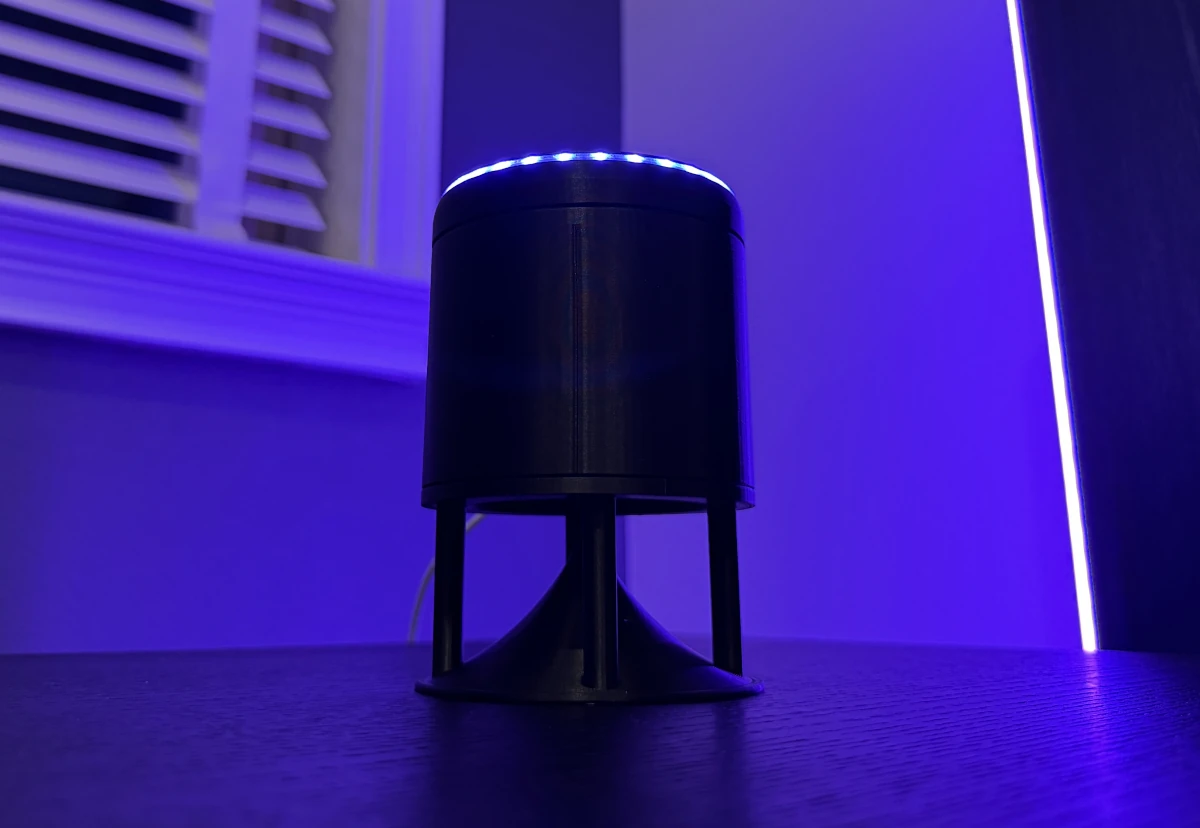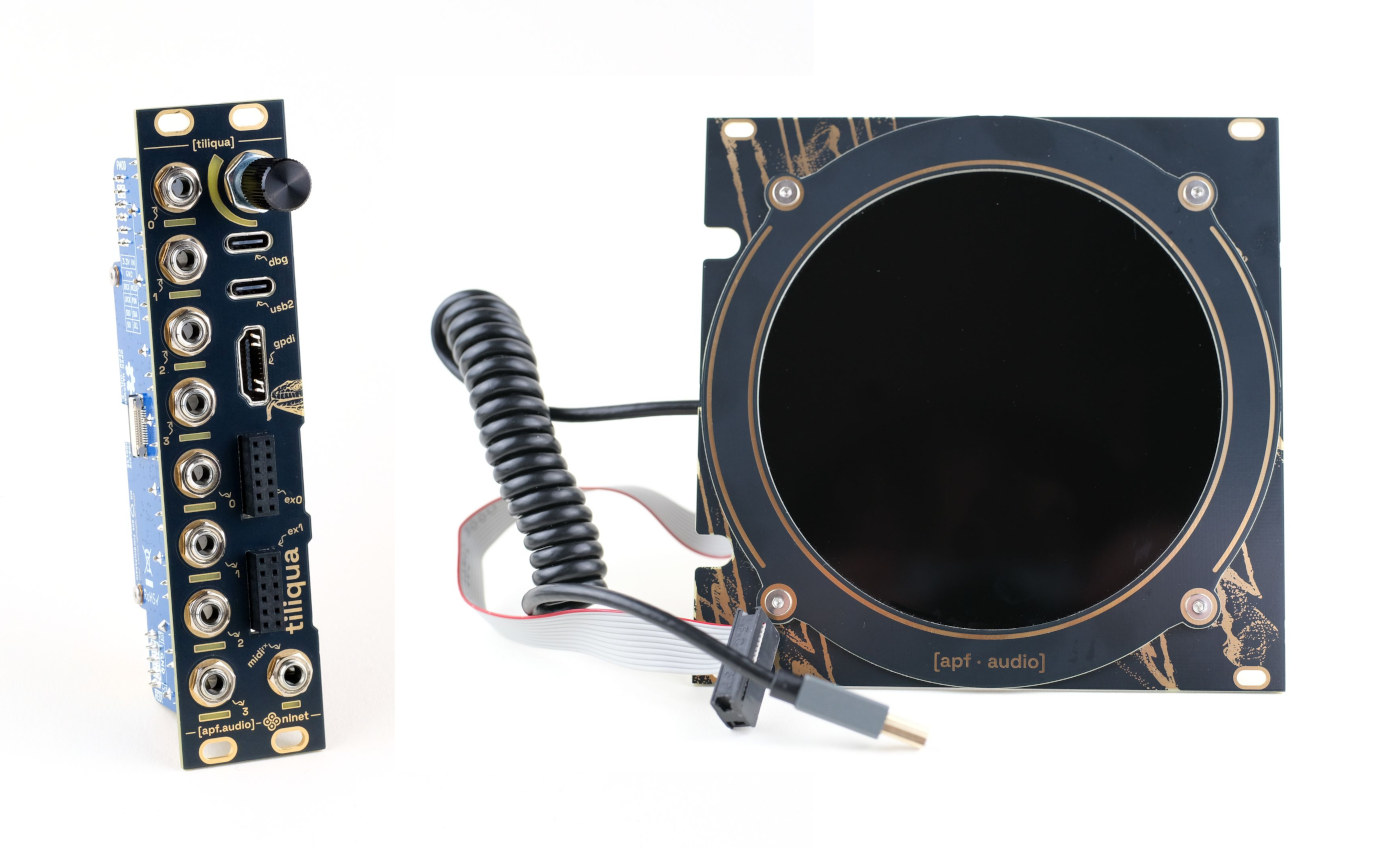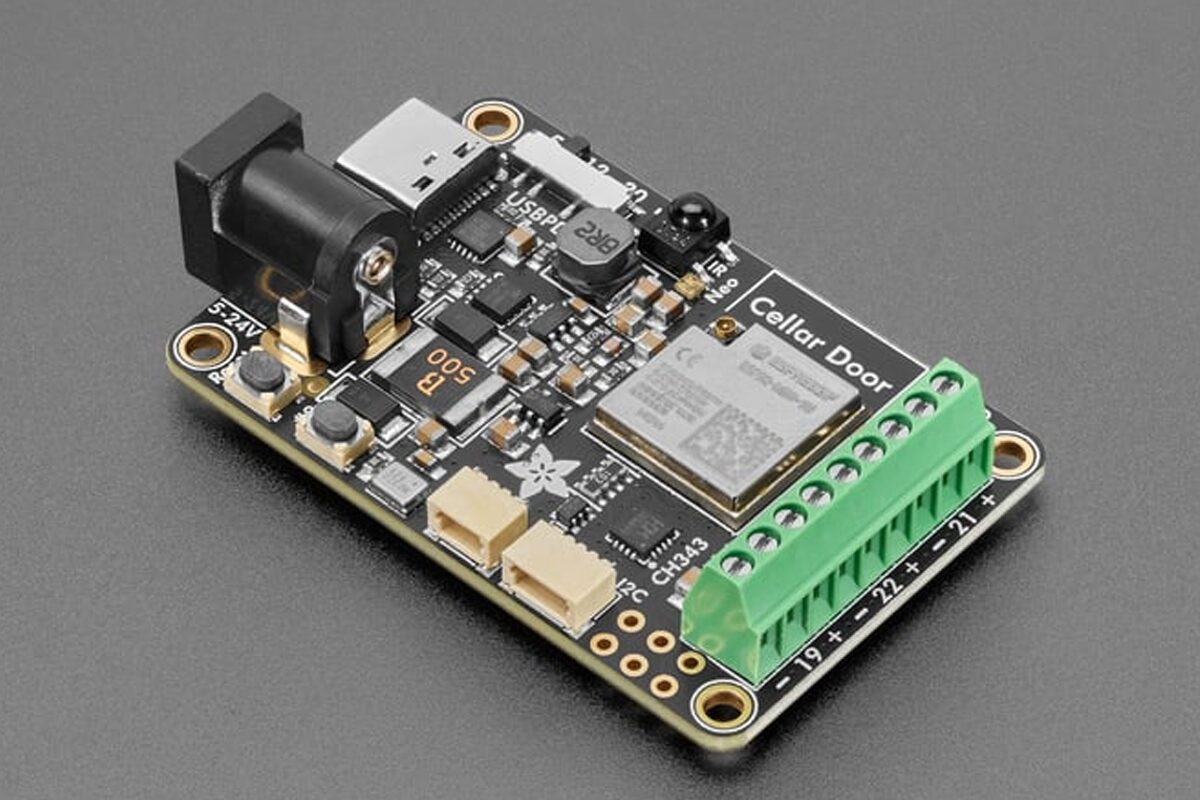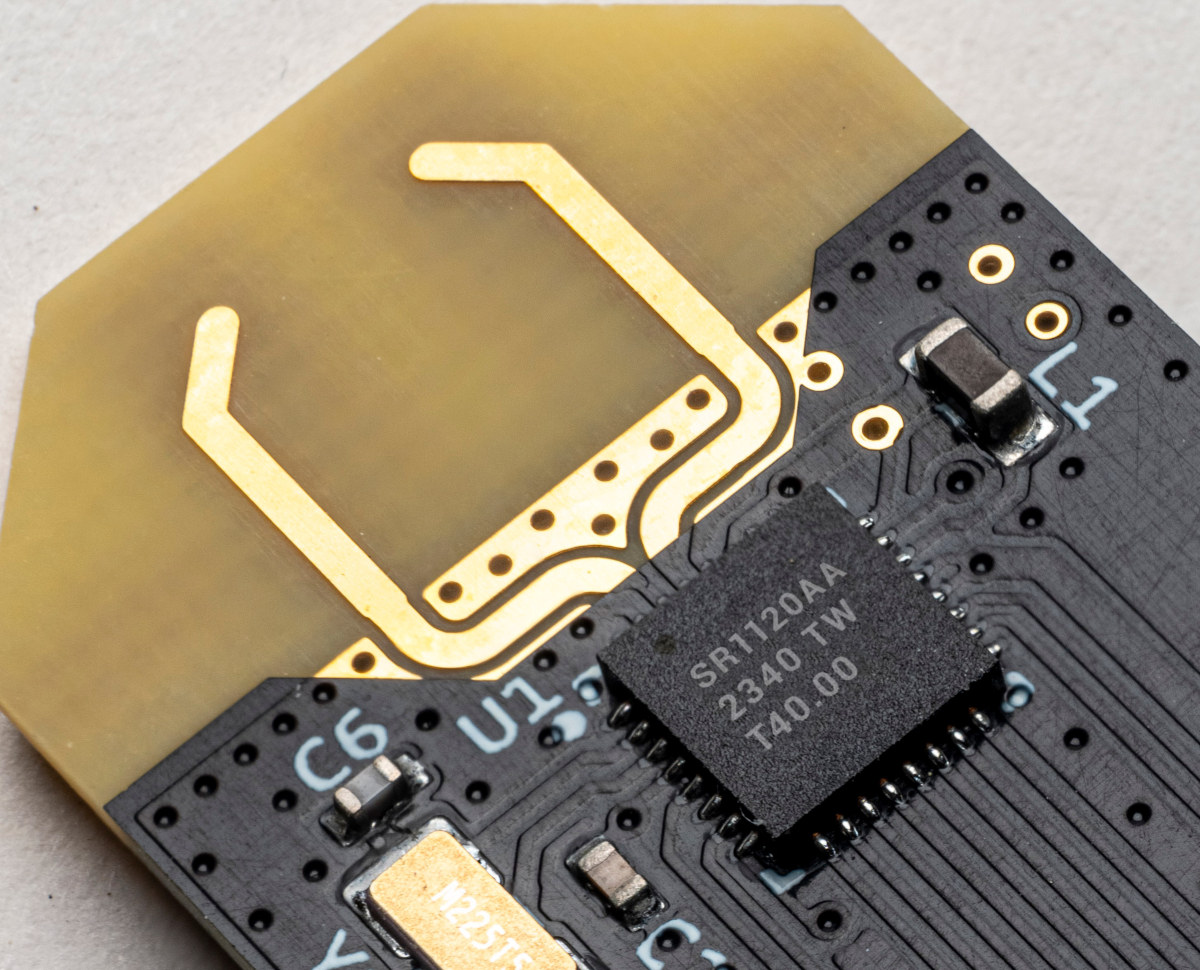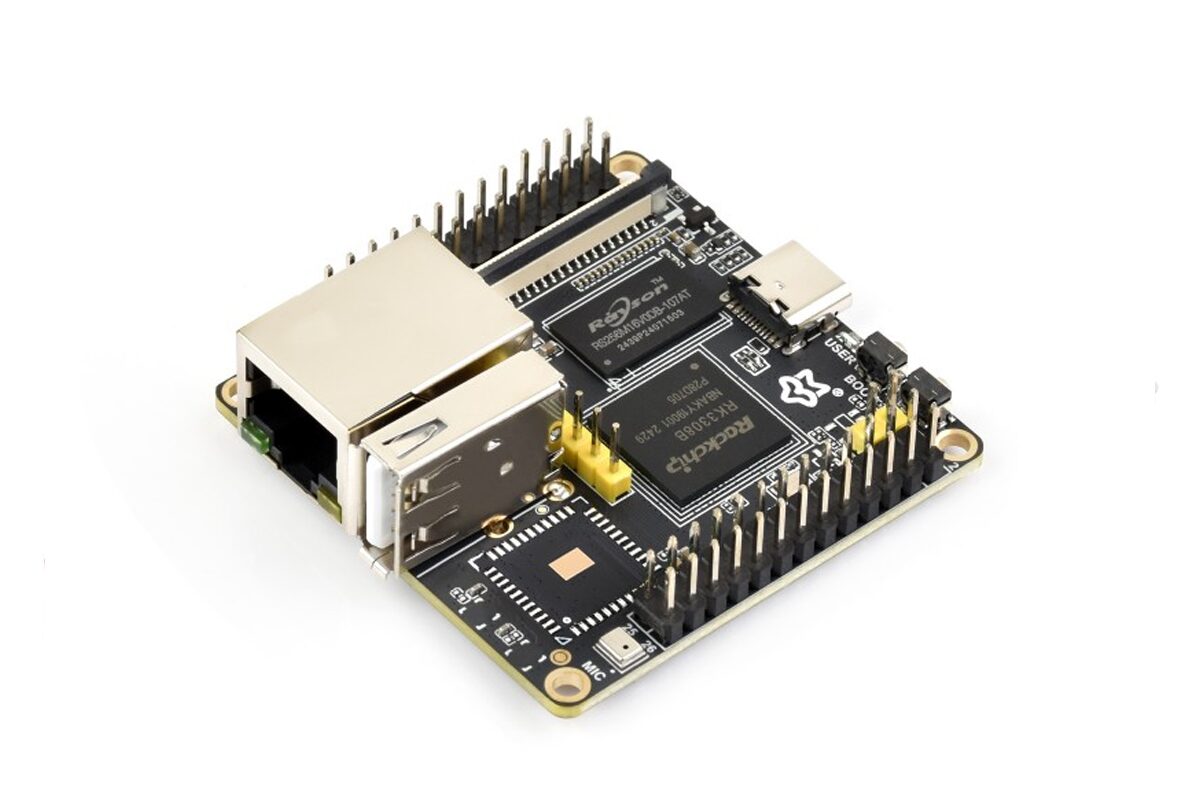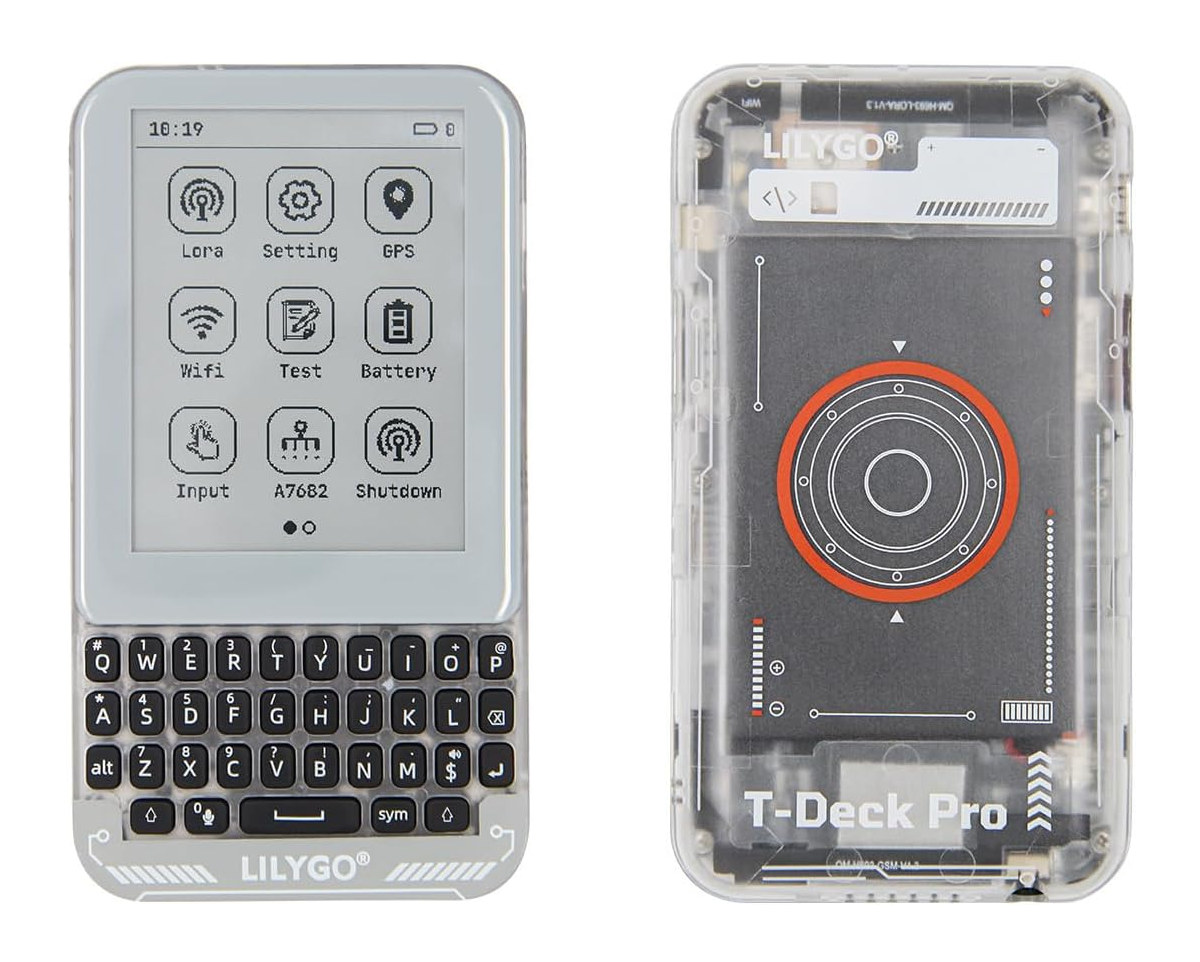The LinkPi ENC1Pro is a compact, high-performance 4Kp60 HDMI video encoder designed for professional live streaming and broadcasting applications. It supports two HDMI 2.0 inputs and outputs with resolutions up to 4K @ 60fps, and is equipped with a built-in Tally light for studio use. Powered by an unnamed quad-core Arm Cortex-A55 processor coupled with 4GB DDR4 RAM and 8GB eMMC flash, the device supports H.265 (HEVC), H.264, and MJPEG compression formats. It is compatible with various streaming protocols, including NDI HX (license required), RTSP, RTMP, SRT, HTTP, HLS, and ONVIF. Other features include real-time picture-in-picture, multi-view, watermarking, subtitles, audio mixing, and video recording in formats such as MP4, MOV, and MKV. The ENC1Pro also supports AAC, MP3, OPUS, and other audio codecs, and includes 3.5mm stereo audio I/O alongside HDMI audio. It also offers flexible network connectivity with Gigabit Ethernet, USB expansion for 4G/5G/Wi-Fi modules, and supports remote management […]
Adafruit Sparkle Motion Stick – A compact ESP32-S3 USB WLED controller board with dual 5V LED outputs, an I2S Mic, and a snap-fit enclosure
Adafruit has recently released the Adafruit Sparkle Motion Stick, a compact, WLED-friendly Neopixel USB controller board built around an ESP32-S3 Module designed for audio-reactive LED projects, cosplay props, holiday lighting, and more. The module comes with a USB Type-A port for programming and power input (5V, 2A max), and a simple enclosure for protection (not weatherproof). It includes a built-in I2S microphone for audio-reactive effects, an IR receiver for remote control. Other than that it has a user-programmable button, an onboard NeoPixel LED, and a red status LED with two 5V-level shifted signal outputs with power and to connect the LEDs a screw terminal blocks. Adafruit Sparkle Motion Stick specifications SoC – ESP32-S3 dual-core Xtensa LX7 MCU @ 240MHz with 2.4GHz Wi-Fi and BLE 5 LED Control – 2x level-shifted output channels (5V logic) with terminal blocks (26–20AWG support) Audio Input – Built-in I2S MEMS digital microphone for audio-reactive lighting Infrared […]
Satellite1 Dev Kit is an Home Assistant-compatible DIY voice assistant with ESP32-S3 module, XMOS XU316 audio processor
FutureProofHomes’ Satellite1 Dev Kit is a DIY voice assistant comprised of an ESP32-S3 WiFi and Bluetooth board running ESPHome and an audio “HAT” based on XMOS XU316 audio processor designed for Home Assistant compatibility. It can be used as a smart speaker with a 25W amplifier, a headphone jack, and a built-in 4-microphone array, a music player, and an environmental monitoring system with temperature, humidity, luminosity, and presence sensors. The HAT can also be used with a Raspberry Pi with a 40-pin GPIO header, and two extra 40-pin connectors are reserved for future accessories. Satellite1 Dev Kit specifications: Wireless SoC – Espressif Systems ESP32-S3 CPU – Dual-core 32-bit LX7 processor running at 240 MHz Memory – 512 KB SRAM, 8 MB PSRAM. Storage – 16 MB Flash Wireless – WiFi 4 and Bluetooth 5.x Audio Processor – XMOS XU316 (XU316-1024-QF60V-I32) 16-core 32-bit RISC processor running at 800 MHz with […]
Tiliqua – An hackable Lattice ECP5 FPGA-based audio multitool for Eurorack (Crowdfunding)
Tiliqua is a Lattice ECP5 FPGA multitool board designed for audio and visual synthesis and compatible with the Eurorack modular synthesizer format. The board features four audio input jacks and four audio output jacks, all of which can be used as touch-sensitive inputs when not connected. Other interfaces include a USB 2.0 Host/Device port, MIDI support, two PMOD expansion connectors, and a display interface to connect the Tiliqua screen for visual effects. All those features make it suitable for audio-rate modulation, low-latency effects, video synthesis, high-speed USB audio, or emulating retro hardware. Tiliqua specifications: FPGA – Lattice ECP5 (LFE5U-25F-6BG256) FPGA supported by the open-source FPGA flow System Memory – 32MB PSRAM (tested up to 200MHz DDR / 400MB/s) Storage 16MB SPI flash for the FPGA 16MB SPI flash for the Raspberry Pi RP2040 2Kbit I2C EEPROM: for storing calibration constants Video Output – Digital video GPDI (General Purpose Differential Interface) […]
Adafruit Sparkle Motion – An ESP32-based addressable LED controller with four outputs, 100W USB-C power, and WLED/xLights support
The Adafruit Sparkle Motion is an ESP32-based LED controller board designed to drive addressable LEDs, including WS2812B, APA102, SK6812, LPD8806, UCS2904, and SM16704. It supports both WLED and xLights projects and features an onboard 100W USB-C PD port to drive even high-voltage LED setups. The board includes dual power input options (USB-C PD with 5/12/20V selection and 2.1mm DC jack), a 5A fuse, and level-shifted output terminals for controlling addressable LEDs. The board also features a built-in I2S digital microphone, IR receiver, Stemma QT I2C port, USB-serial with auto-reset, GPIO breakout pads, onboard NeoPixel and status LED, and multiple JST and terminal connectors for sensor and control integration. It comes pre-assembled with terminal blocks for easy wiring, making it suitable for applications such as wearable electronics, home decor lighting, audio-reactive displays, and remote-controlled installations. Adafruit Sparkle Motion Specifications: SoC – ESP32-S3 dual-core Xtensa LX7 MCU @ 240MHz with 2.4GHz Wi-Fi and […]
SPARK Microsystems SR1120 UWB ultra-low-power transceiver delivers up to 41 Mbps throughput
SPARK Microsystems SR1120 is the company’s second-generation ultra-wideband (UWB) wireless transceiver capable of up to 41 Mbps throughput at ultra-low power and up to 100 times lower power ranging than UWB competitors. The Canadian company also highlights the outperformance of their UWB solution over Bluetooth with the new SR1120 offering 40 times higher data rates than Bluetooth chips, while consuming 25 times less power than Bluetooth and offering 60 times lower latency. However, readers should note that Bluetooth LE is supposed to support up to 2 Mbps, so it should (only) be up to about 20 times faster, and Bluetooth HDT is coming soon with data rates of up to 7.5 Mbps to further narrow the gap. SPARK SR1120 key features and specifications: Compliant with the upcoming IEEE 802.15.4ab low-energy UWB PHY standard Dynamically reconfigurable UWB spectrum 6.2–9.5 GHz band Up to 3 dBm TX power RX sensitivity of -81 […]
Luckfox Nova Audio IoT board features 8-channel mic input, voice activity detection, and PoE
Luckfox has recently released the Luckfox Nova Audio IoT board built around the Rockchip RK3308B quad-core 64-bit Arm Cortex-A35 SoC clocked at up to 1.3GHz, and featuring 8-channel microphone inputs and voice activity detection (VAD). The board comes with 512MB DDR3 RAM, 8GB eMMC flash storage, and a microSD card slot. It also features dual 26-pin GPIO headers that support UART, SPI, I2C, and more. The Luckfox Nova is also equipped with a PoE-capable Ethernet RJ45 port, and optionally supports Wi-Fi 6 and Bluetooth 5.2/BLE. Other onboard interfaces include a USB Type-C port for power and programming, a speaker, microphone headers, and more. All these features and various I/O options make this device suitable for applications where multi-channel audio capture, voice recognition, and real-time audio signal processing are required. Luckfox Nova specifications: SoC – Rockchip RK3308B Quad-core 64-bit Arm Cortex-A35 @ up to 1.3GHz Integrated high-performance audio codec Built-in Voice Activity […]
LILYGO T-Deck Pro – An ESP32-S3 LoRa messenger with e-paper touch display, keyboard, and 4G LTE or audio codec option
LILYGO T-Deck Pro is a LoRa messenger based on an ESP32-S3 WiFi 4 and Bluetooth 5.x SoC, and offered with a 3.1-inch e-paper display with touchscreen, a Blackberry-like QWERTY keyboard, a GPS module, speaker, microphone, and a 3.5mm audio, as well as IMU and light sensors. It builds upon the T-Deck Plus design, but replacing the 2.8-inch IPS display with a 3.1-inch e-paper display allows for a slimmer design and should offer longer battery life despite the smaller 1,400 mAh battery used in the new model. Two versions of the T-Deck Pro are available: one with a Simcom 4G LTE modem and a cheaper one with a PCM5102A audio codec. LILYGO T-Deck Pro specifications: SoC – ESP32-S3FN16R8 CPU – Dual-core Tensilica LX7 microcontroller @ up to 240 MHz 2.4 GHz 802.11n WiFi 4 and Bluetooth 5.0 LE connectivity Memory – 8MB PSRAM Storage – 16MB SPI flash Storage – MicroSD card […]


